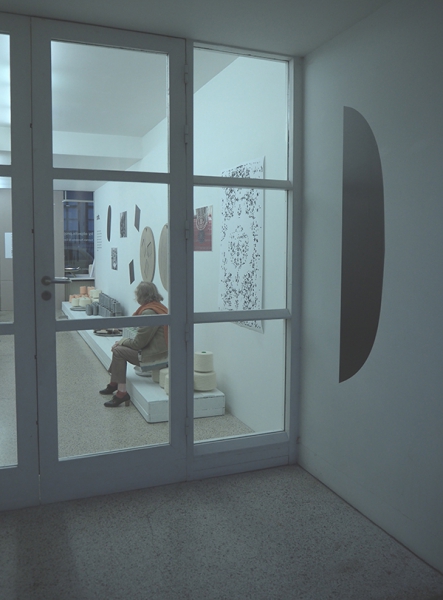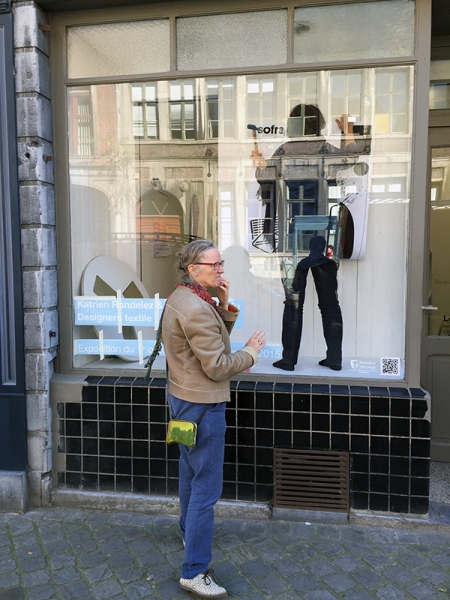Galerie Les Drapiers
sofra by objects.projects.
Dans le cadre du programme satalite
de la Triennale ibternational
Reciprocity design Liége
To coincide with the Triennial International Reciprocity Design Liège initiative,
the Les Drapiers gallery, which specialises in contemporary art and, more Specifically, in the field of applied arts and textile art, is hosting the object.projects textile designer duo. Completely unique rugs have been designed and produced especially for the event. The exhibition marks the start of a collaboration between Katrien Rondelez and Cenk Kivrikoglu. Katrien Rondelez has a predilection for experimenting with combinations of unexpected materials in the manufacture of textiles, essentially for the automotive industry. Paying special attention to combining craftsmanship and industry, Cenk Kivrikoglu specialises in the creation of upholstery fabrics.
Inspired by Turkish culture, the creations presented (rugs, textiles and tables) derive their foundations from the Sofra concept. The term sofra describes the low, round table at which the family nucleus takes its meals with their guests. So a whole language strengthens the key place occupied by the rug. Objects.projects brings textile design closer to the question of sharing food, which then comes across as an environment of well being, for meeting others on a rug around the sofra. The objects get a degree of contemporaneity through the use of textile industry production techniques. Along with uses from an oriental culture, the project combines the finest natural materials specific to arts and crafts (wool, wood, linen etc.) and European know-how. Textile design is not just a product, but also a state of mind. Textile design weaves bridges between cultures and skills. Objects are thought out as arrangements of shapes, with their aesthetic and visual qualities. It is therefore important to be aware of the richness of the practices, histories and references that the rug possesses… Reminders of old rugs, traces of a shared heritage and patterns appear in the choice of colour combinations in the textile fibres, decorative frills removed so as to only retain the clean lines and severity of monochrome compositions. Ornamentation is reduced to the bare minimum, replaced by material effects, such as strata of colours, and layers of paint.
There is a composition of internal architectures through and in the surface of the rug. The latter becomes a space within the space itself, delimiting an area where the body can take root, a place of both action and rest. Objects are transformed by their time of day to another, means the private space forms and reorganises itself in different ways. The composition of the various rooms places the object in a semi-nomad form, articulated from the ground to the wall, a rug mutating willingly into a chair, a piece of furniture and surface at the same time, a suspended table (as the feet are reinserted into the top surface, they once more become the original pure, full original round shape as the carpenter worked them). Kick off your shoes to experience the textile space, test out the sofra attitude, seated or stretched out on a rug, around a table or lying on the rug, reading, meditating or in the thick of a discussion.
Anna Ozanne
























